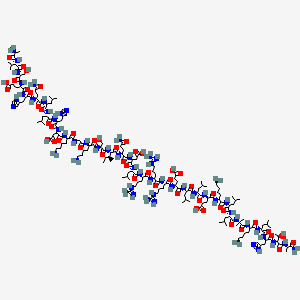Mexican scientist identified substances from the plant that enhance absorption of calcium in the body.
Apart from being the raw material for making a very traditional drink in Mexico, the blue variety of the Agave tequilana has substances capable of improving the absorption of calcium and magnesium, essential minerals to maintain bone health. This has been demonstrated by research conducted at the Center for Research and Advanced Studies (Cinvestav) in center Mexico.
Dr. Mercedes López, leader of the project, states that "the consumption of fructans contained in the agave, in collaboration with adequate intestinal micriobiota, promotes the formation of new bone, even with the presence of osteoporosis."
To reach this conclusion, the research team conducted various experiments with animal models. The procedure consisted of removing the ovaries from female mice in order to induce osteoporosis. The next step was to administer agave fructans and eight weeks later a femur sample was taken to measure the absorption of minerals and osteocalcin, protein that indicates the production of new bone.
"It was found that mice that consumed this fructans synthesized nearly 50 percent more of such protein, in addition that the diameter of their bones was higher compared with the subjects which were not supplied with derivatives of the agave" she reports.
This substances reach the large intestine intact and interact with the microbiota living there to become short-chain fatty acids. These catch minerals available in the tract and help to transport them through the cells.
"This way, we have a second chance to take advantage of the nutrients that were no longer available to the body. However, it is very important that people have a healthy intestinal microbiome, because only then it is possible that bacteria ferment fructans to transform them into fatty acids, "says Dr. Lopez.
The results provide the possibility of developing an alternative in the treatment of osteoporosis, a disease that, according to the latest statistics from the International Osteoporosis Foundation, affects 200 million of people worldwide, which means that one of every five fractures, in the population with more than 50 years of age, is related to the disease.
Substances from tequila plant may help treat osteoporosis: Mexican scientist identified substances from the plant that enhance absorption of calcium in the body.












